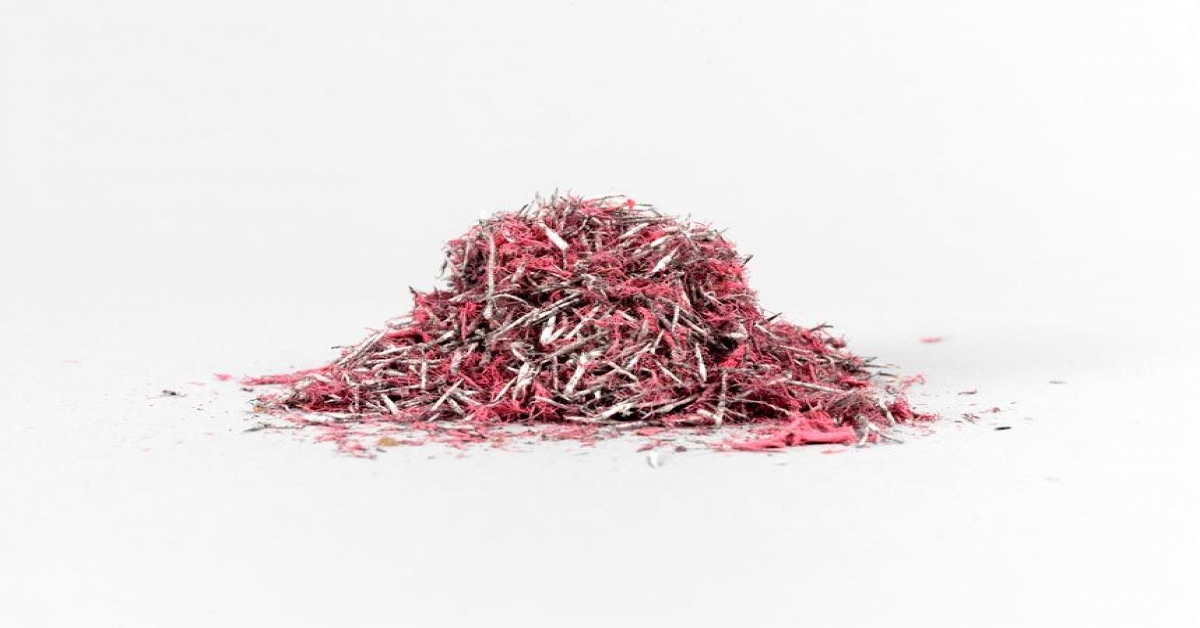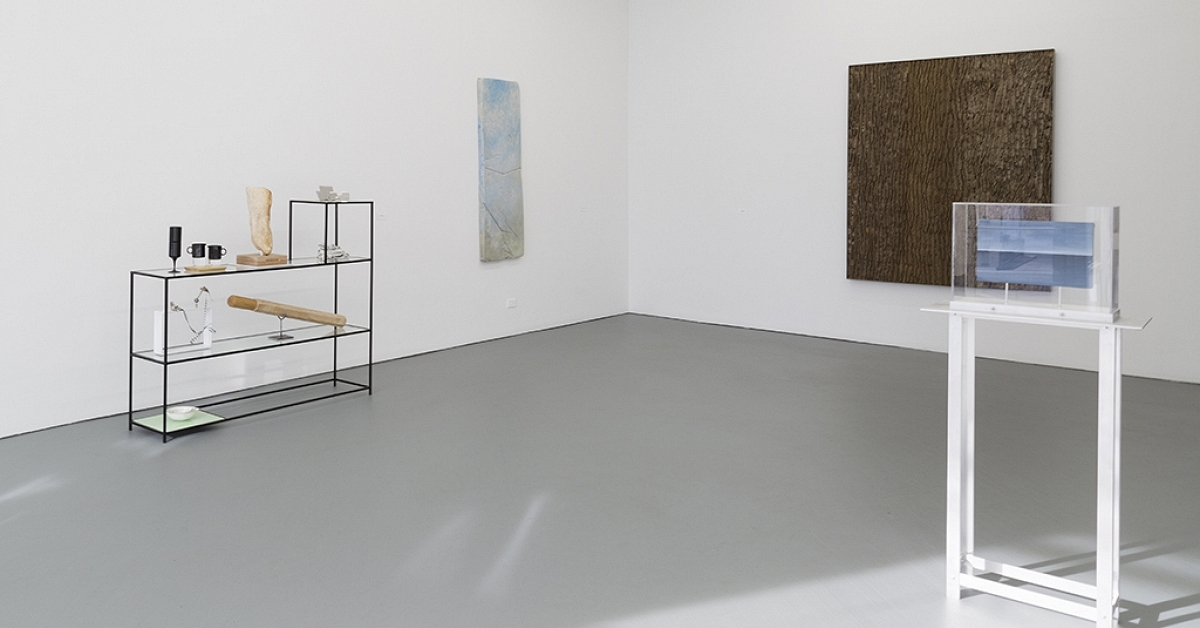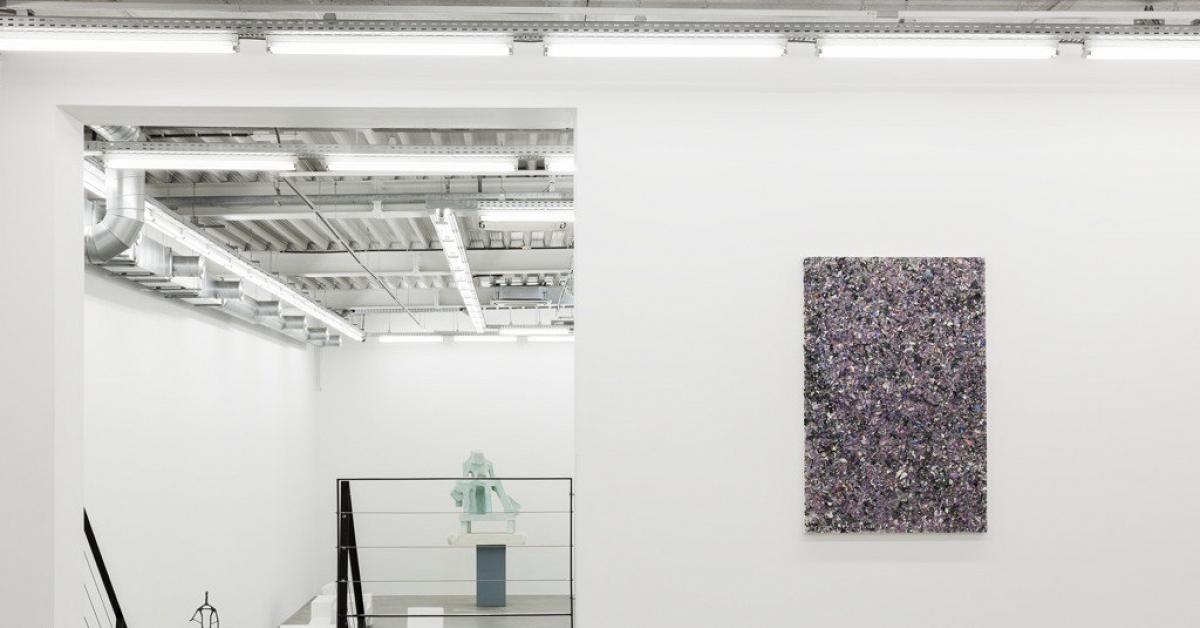Mika Horibuchi - Familiar Reality Translations
The COMP Magazine / Dec 22, 2015 / by Chester Alamo-Castello / Go to Original
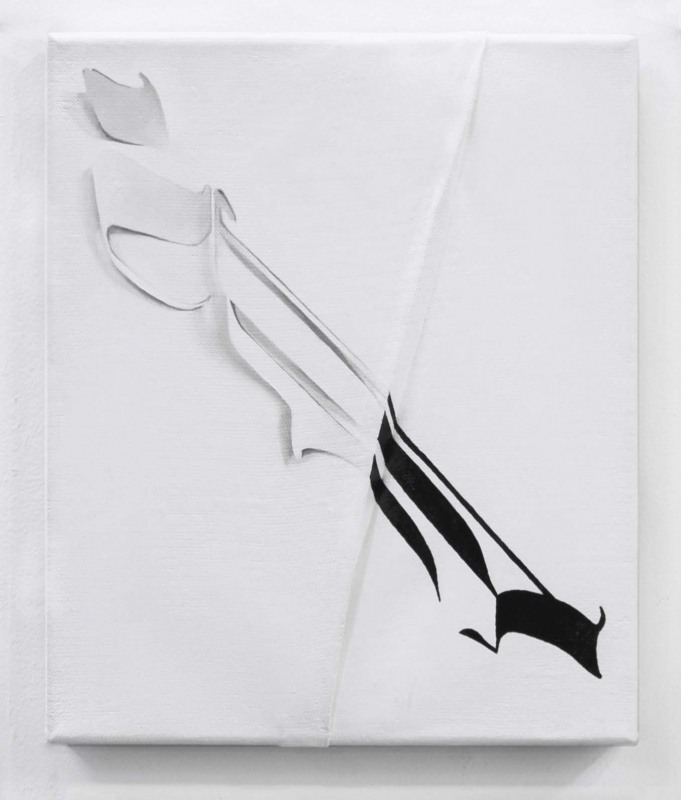
Mika Horibuchi creates ethereal paintings and sculpture that straddle that tract between perceived reality and illusionism. Last month, The COMP Magazine visited Horibuchi’s west Ukranian Village studio to discuss her thoughts on Patron Gallery’s inaugural exhibition “Theory of Forms”, her fascination with the process of painting, her collaborative efforts with artist Dan Rizzo-Orr, and what she is mapping out for 2016.
You are originally from the Bay Area, and came to Chicago to study painting at SAIC. Perhaps we can start with a little background? Are there any specific early events that you see as having an impact on your current contemporary art practice?
I was born in San Francisco and moved to Chicago in 2009. Perhaps more than any specific event, my appreciation for the act of crafting from an early age informs my practice today. I had always loved crafting since I was little. That came from my mother who was very good with her hands, an excellent maker of things. I wouldn’t say that I was necessarily a very creative or imaginative kid, I was better at making than playing – making accessories to a game or backdrops to a narrative, or copying images. I made a game out of translating languages and images. I liked the set of instructions that copying something entailed and the labor that was required to fulfill the act.
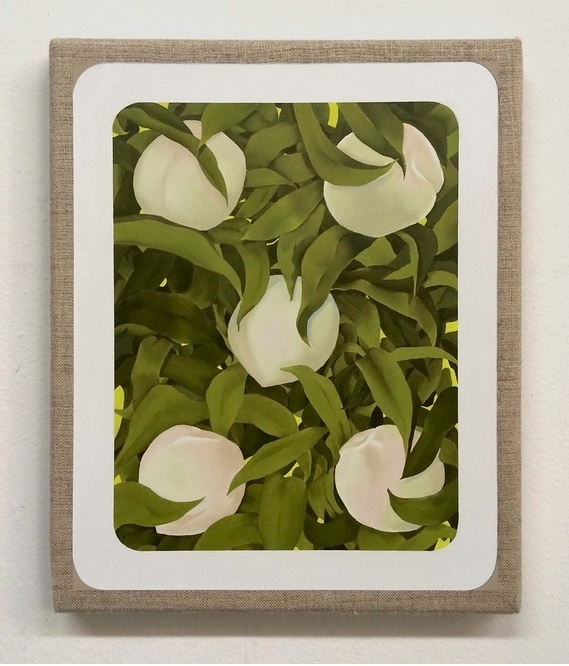
You are currently exhibiting work in Patron Gallery’s inaugural exhibition, “Theory of Forms” along with Daniel G. Baird, Alex Chitty, Kadar Block, among others. Can you offer an overview of the works you presented and summary of how you see yourself connected to the intent of this exhibition?
Theory of Forms, as the title suggests, is inspired by Plato’s philosophy that was developed to help us distinguish between the ideal and the non-ideal. What we see in the physical world is a truth that is constantly subject to change, eventually becoming less ideal. In contrast, we see in ideals in our mind with an inherent drive to maintain a permanence of that ideal.
Many of the works in Theory of Forms tests our perception of reality through material and image. I am presenting several paintings that can be read compositionally as playing cards. Each painting is formatted with a white border and white peaches stand in the place of their value and suit. Together, they represent a set or the idea of a deck of cards. These works are painted from a mental idea of what a peach or a leaf looks like, relying on a common sense of familiarity with the viewer. They are painted from that perfect archetype that we envision when we hear or read the word, the ideal form. But that process is faulty and a slight betrayal of expectations is at play with reality. The making of these paintings is conceptual but their execution is representative.
What do you value in the process of painting?
My own process of painting is slow and there is always a slight sense of jeopardy to the fragility of the outcome. But in the actual procedure of painting, I value the steps and labor involved in executing an image. I value the act of translating an image or idea from one platform to another through the process of painting. There is always a gap in that act of translation, that space between looking and perceiving and applying that I try to control. There is an inherent failure in representational painting, in trying to paint something that exists in the real world with conviction, the thing will never be the thing that it says it is. I value the opportunity to reveal the different levels of deception involved in pictorial illusionism.
Lets talk about the show, “View with a Room” at Heaven Gallery with Dan Rizzo-Orr. What prompted this effort? Where do you see your works intersecting and diverging?
View with a Room was a project that Dan Rizzo-Orr and I had been thinking about doing for some time. It stemmed from our conversations about image making and what it means to read an image within the framework of a specific space. We shared mutual interest in the relationship of painting to architecture and how paintings were initially much more of a central part of the buildings they were designed for and belonged in. Certain aspects of the work for this show were informed and determined by the framework of the gallery. We wanted to make work that was meant to fit into a commonly understood domestic setting, to create fictional narratives and a fake sense of activity between the works. We were interested in how this framework could shift, confirm, deny, or confuse the way we see and understand an image. Dan and my work clearly diverged in our process. We have very separate modes of making and functions of thinking when it comes to the different ways and possibilities of paint to depict and fabricate an image.
Can we discuss process? You are working both sculpturally and in two-dimensions (e.g., painting, cut paper, etc.). Are there specific aesthetic areas that you’re investigating? Or perhaps do you see your process embedded in contrasting formal elements while experimenting with materials? Basically, what do you see as the catalyst in your art practice?
I essentially paint like a printer, pretty slow but the surface gets one sweep. Layering, overlaying, and building up on the surface are unusual for me. I try not to have a stylistic hand that binds everything together, unless the specificity of an aesthetic style serves a particular function in the project. Much of the experimenting happens prior to the execution of a piece. The catalyst in my practice is always the idea that is the framework for the piece. Both the outcome and systems used for formally illustrating that idea can differ from work to work. Oftentimes, my paintings are a translation of something based in a commonly familiar reality. In the process of making and executing an idea, I try to reveal certain levels of trickery involved in pictorial illusionism. My paintings became more object-like and sculptural as a means to take closer form of the thing that it is depicting. Even with the more sculptural works, I am still thinking of them very much as paintings, just framed or formatted in a different way whether literally or framed by the space and context.

Can you share with us what you have planned for 2016?
I am currently working towards several shows and projects in 2016. In the Spring, a group show at Loudhailer Gallery in LA and Brand New Gallery in Milan, and a two-person show at LVL3 Gallery in Chicago with Jordan Nassar. In the summer, I will have a solo project opening up at Patron Gallery.
For additional information on the work of Mika Horibuchi, please visit:
Mika Horibuchi – Mikahoribuchi.com
Patron Gallery – Patrongallery.com
Interview by Chester Alamo-Costello

